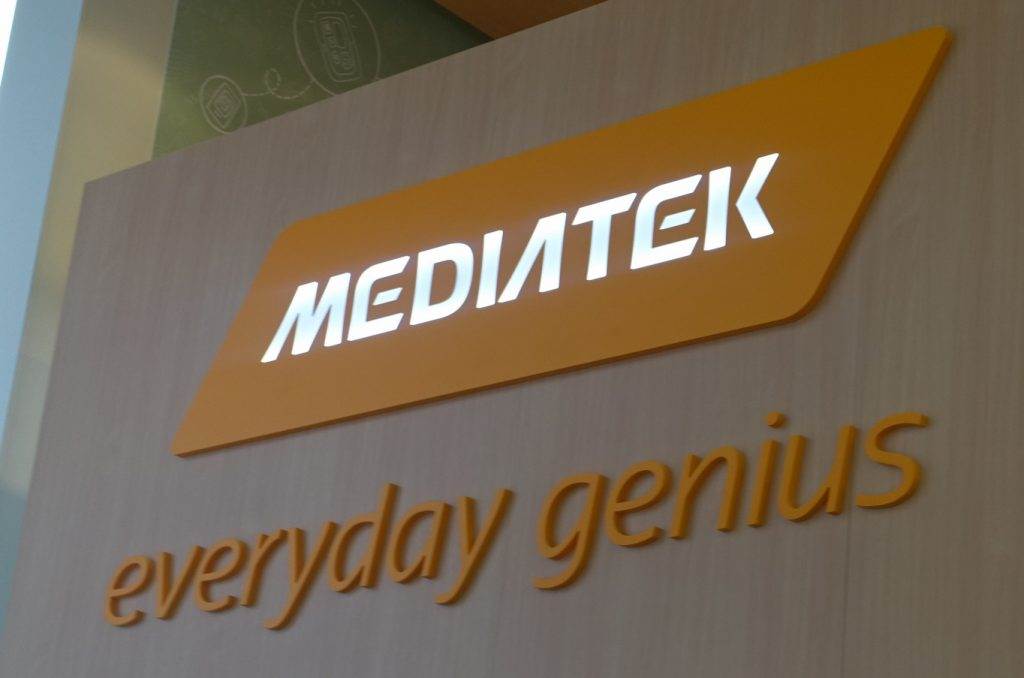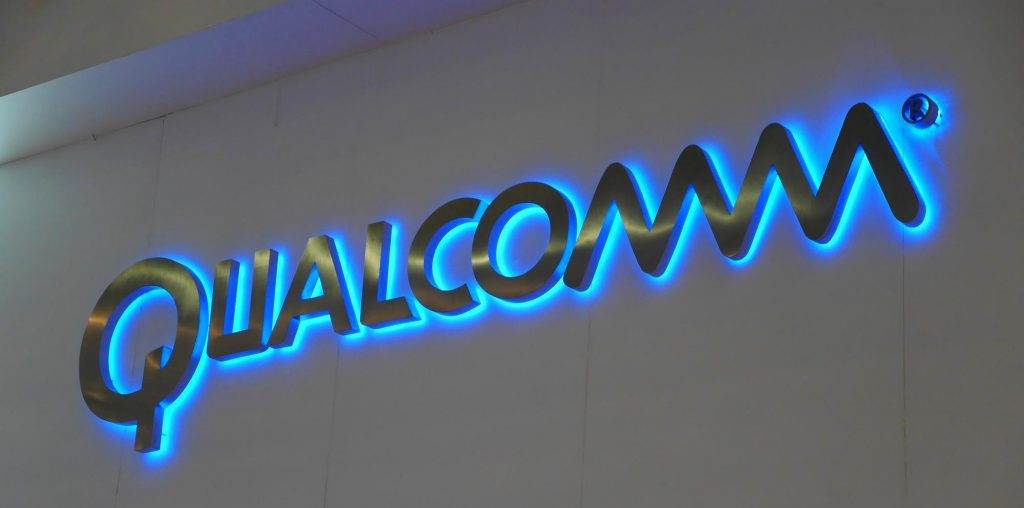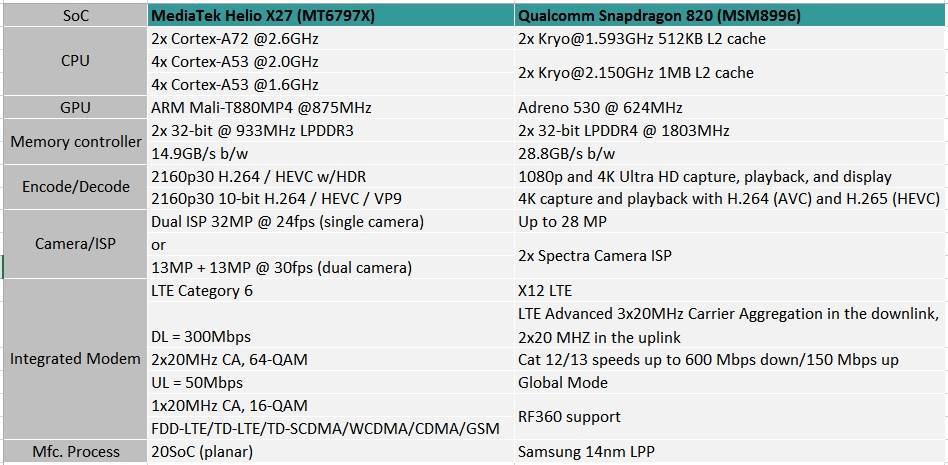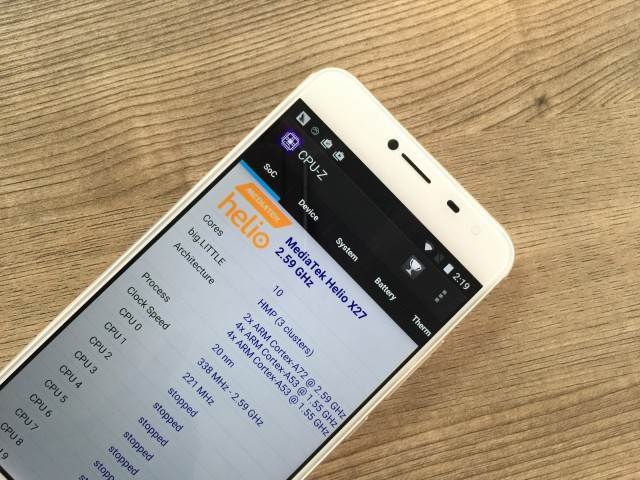MediaTek launched new chips at the beginning of December. They were named as the MediaTek Helio X27 and X23. Both processors are a good addition to the company’s premiere deca-core SoC family. As you remember, the manufacturer had previously launched the Helio X20 and X25. Thus, this family is very powerful and can compete with any processor carrying any brand. We decided to compare it with the Qualcomm Snapdragon 820. It may seem this comparison is not even, but the Snapdragon 820 is one of the best processor of the American chip-maker. So let’s see how a newbie can stand against a veteran.
Some time ago when we were talking about the ‘brain of a digital device or a computer’, we called it CPU (Central Processing Unit), which was accompanied with various chips like GPU (Graphics Processing Unit), memory controllers, specialized video and audio chips (DSP), and many more. But manufacturers decided to integrate significant portions of an electronic system into a single chip. So we are dealing with a system-level integration. But you have to take into account the fact we are not talking about the number of transistors combined into one, it is the functions to be integrated. Therefore, the term of SoC (System-on-a-Chip) means a single chip including a lot of different functions.
SoC = CPU + GPU + memory controller + DSP + network radio + …
Currently there are only four major players in the SoC market – Qualcomm with its Snapdragon line, Samsung with its Exynos series, MediaTek with its MT and Helio chips, and finally Huawei with its Kirin SoCs (they are made by its subsidiary HiSilicon). However, this list is going to be enlarged via Xiaomi, which is going to launch smartphones based on its own chips codenamed Xiaomi Meri or Xiaomi Pinecone In-House Chip. The latter has leaked a few times, and seems it will first appear on the Xiaomi Mi 5C.
As for GPU, there are three major designers in this market –ARM, Qualcomm, and Imagination. ARM is known for its Mali GPUs. Qualcomm GPUs are popular due to Adreno series. And finally, Imagination comes with its PowerVR range. But it’s very difficult to compare them taking into account only the specifications written on paper, because all of them use OpenGL ES 3.1, RenderScript, and high gigaFLOP numbers. The actual results can be shown only testing them on 3D games.
Anyway, all of these manufacturers make chips for all range smartphones starting from low-end devices and finishing with top-notch models. With the launch of the MediaTek Helio X27 this competition has become rougher. So let’s see what features caused such a mixture of cards.
The MediaTek Helio X27 belongs to a family of chips, where we can also find the Helio X20, X25, and X23. All they use the same deca-core CPU configuration (two ARM Cortex-A72 cores for heavy works and two quad-core Cortex-A53 clusters for medium to light works). The little cores are designed especially for lower-power operations. The main differentiation factor between those four SoCs is the clock frequency. It’s clear the highest frequency can be seen at X27 (2.6GHz / 2.0GHz / 1.6GHz for the (A72 / A53 / A53)).
Note: Currently we are mostly dealing with Heterogeneous Multi-Processing (HMP), which means not all cores in a SoC are equal (hence, heterogeneous). For example, quad-core processors use 2+2 configuration, octa-processors use a 4+4 configuration, and deca-core processors use 2+4+4.
The SoC also comes with an ARM Mali-T880MP4 GPU that runs at up to 875MHz. So it almost reaches the frequency of 900MHz seen at the HiSilicon’s Kirin 950/955, which uses the same GPU by the way.

The MediaTek Helio X27 is manufactured on the same TSMC 20nm process, and as the manufacturer didn’t make any changes to the layout, the clock frequency can’t be higher. Therefore, ARM targets high frequencies only on 14nm/16nm FinFET processes.
X27 still includes MediaTek’s Imagiq ISP and integrated Category 6 modem.
The ISP still supports for dual camera sensors (color + monochrome configurations), which means it comes with improved low-light photography. Plus, there’s also a 3D depth engine built in to enable DOF post-processing effects. It supports up to 32MP sensors at recording resolution of 3840 x 2160 pixels.
One of the new features added to the MediaTek Helio X27 is EnergySmart Screen power-saving technology. It’s part of MediaTek;s MiraVision display suite that modifies various display parameters to reduce display power consumption by up to 25%.
The MediaTek Helio X27 supports 2560 x 1600 pixel (WQXGA) resolutions at 60 fps and 1920 x 1080 pixels (Full HD) at 120 fps with 12HZ Blending layers.
It also comes with MediaTek CorePilot 3.0, SmartScreen, Tiny Sensor Hub, and UltraDimming technologies.
2015 wasn’t a good year for Qualcomm in the high-end market. Though the Snapdragon 810 was the first ARMv8 AArch64-capable SoC of the company, it failed completely. Probably, the main reason was related with 20nm planar manufacturing process. More precisely, as many manufacturers think the Snapdragon 810 couldn’t make good use of its highly clocked ARM Cortex-A57 cores.

With the launch of Snapdragon 820 everything changed. This SoC comes with new Qualcomm developed CPU cores called Kryo. Two of four cores are designed for high class performance, therefore, they are clocked at 2150MHz, while the next two cores are lower-power cores clocked at 1593MHz. what’s interesting, the CPU architectures of both clusters are the same. The only difference is related with the cache configuration and power/frequency tuning.
Adreno 530 GPU is inside the SoC as well. It is a new design from Qualcomm bringing functionality previously found only in PC desktops. Not talking much about the technical changes, the most significant step forward in comparison to Adreno 400 was the graphics side supports OpenGL ES 3.1 + AEP and Vulkan.
There is a new image signal processor (ISP), which takes data from camera and produces photos itself. ISPs are becoming more important, because smartphones get thinner leaving less space for camera. As for Qualcomm Snapdragon 820 ISP, it was called uniquely – Spectra. The devices with Spectra ISP support up to 25MP cameras with no shutting lag. One of the most attractive features of this processor is capturing multiple focal depths simultaneously. Thus you can change focus on any part of a scene after a picture is taken. The Snapdragon 820 supports 4K video at 60fps recording.
Another big change was that the Snapdragon 820 comes with a new DSP block, the Hexagon 680, which has been designed to handle significant compute workloads for VR, AR, image processing, video processing, and computer vision. Thus the tasks related with this processes will run on DSP instead of CPU and GPU.
The trump card of Qualcomm making it such a required player in this market is its advanced LTE cellular modems. Even Apple uses Qualcomm’s cellular modems in its iPhone 6S and iPhone 6S Plus. The MDM9625M Baseband Processor allows maximum download speeds of 300Mbps and 50Mbps upload speed. The Snapdragon 820 comes with X12 modem that allows maximum download speeds of 600Mbps and 150Mbps upload speed.
At last, the Snapdragon 820 consumes 30% less energy and it’s powered with Quick Charge 3.0 technology.

The MediaTek Helio X27 was announced on 1 December and it’s reasonable why there is no smartphone with this SoC onboard. However, one of the first companies announcing its plans on a new device packed with this chip was Uni. The latter has been busy making its brand more popular in the international market. Thanks to many flagships such as the Umi Super, Max, Plus and Plus E (the first phone powered with the MediaTek P20) the company can state it succeeded. This list was completed by the Umi Z unleashed recently. You get it right – the Umi Z will be the first smartphone to sport the MediaTek Helio X27 SoC.

The Umi Z sports an all-metal housing, 5.5-inch Full HD Sharp screen covered with 2.5D arc glass (Dragontrail), 4GB AMSUNG eMMC5.1 RAM, 32GB of internal memory that be expanded up to 256GB via a SD card slot, 13MP Samsung S5K3L8 rear camera with quad LED flash seen on the iPhone 7 and 7 Plus that also supports 4K video recording, the same sensor is on the front (wow) paired with a Softlight LED, NXP-TFA9890, a high efficiency class-D audio amplifier, 3780mAH battery providing up to 2 days of normal usage and it can be charged in 100 minutes thanks to USB Type-C and MediaTek Pump Express+ fast charging technology. The Umi Z comes with Android 6.0 out of the box, but it will be updated to Android 7.0 Nougat in the nearest future. At last the Umi Z costs only $279.99, which means you can acquire an incredible smartphone for a song.
Note: Umi has been renamed to Umidigi, and the Umi Z is the last smartphone with Umi brand.
As for the Snapdragon 820, this SoC is in the market for a long time and there are myriads of smartphone powered with it. Among them we can mention the Lenovo ZUK Z2/Pro, OnePlus 3, Xiaomi Mi5, LeEco Le Max 2 and many more. However, the first smartphone featuring this SoC is the Le Max Pro, which is priced at 1799 yuan ($258.6). Thus the thoughts as Snapdragon chips are the way more expensive than MediaTek chips disappear when it comes to Chines manufacturers.
One more thing, no matter how powerful the Snapdragon 820 is and how popular it was in 2016 (this chip can be found on over 100 models), there was one problem we will close eyes on never – the SND820 had an overheating issue, which was solved immediately.
Many think the MediaTek Helio X27 and Qualcomm Snapdragon 820 shouldn’t be compared, because the American manufacturer has already launched Snapdragon 821 and it is also working on the next gen SoC dubbed as the Snapdragon 835. The latter will come with a 10nm chip and eight cores of Kryo 200 processors. Shortly, it will bring many goods to the market, and it will be very difficult for other manufacturers to compete with this…






